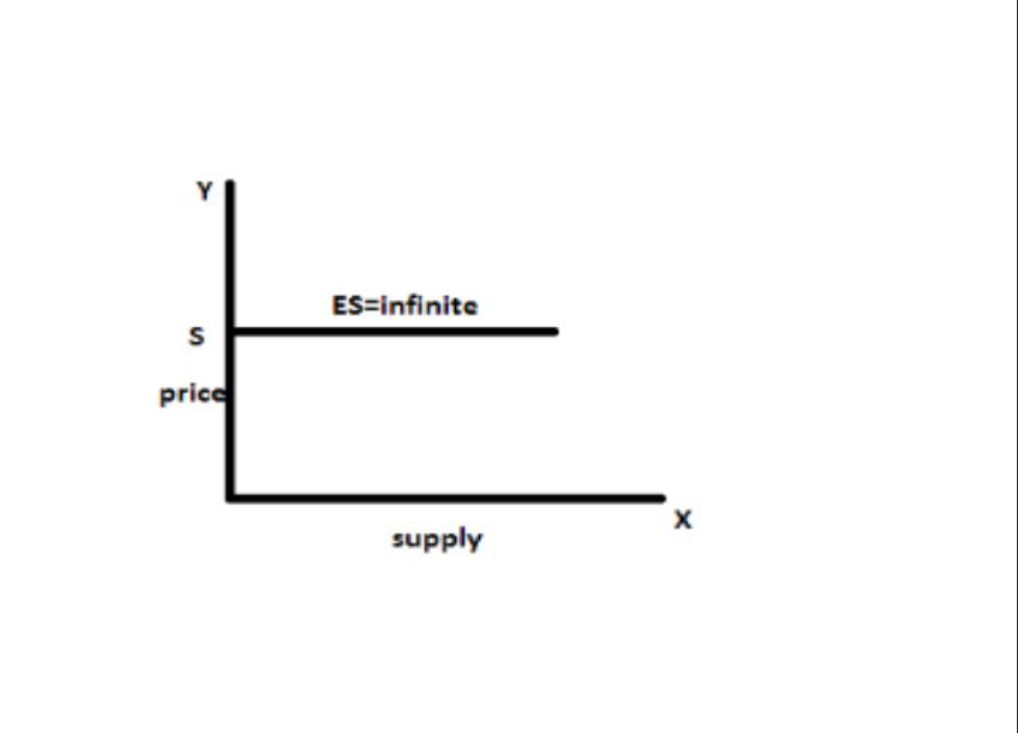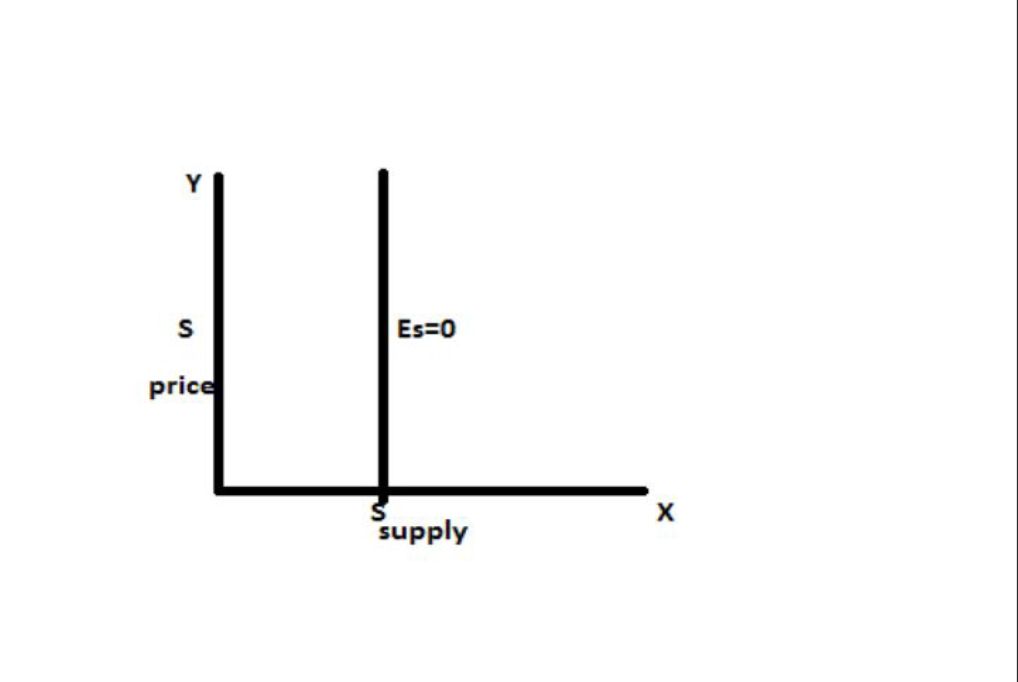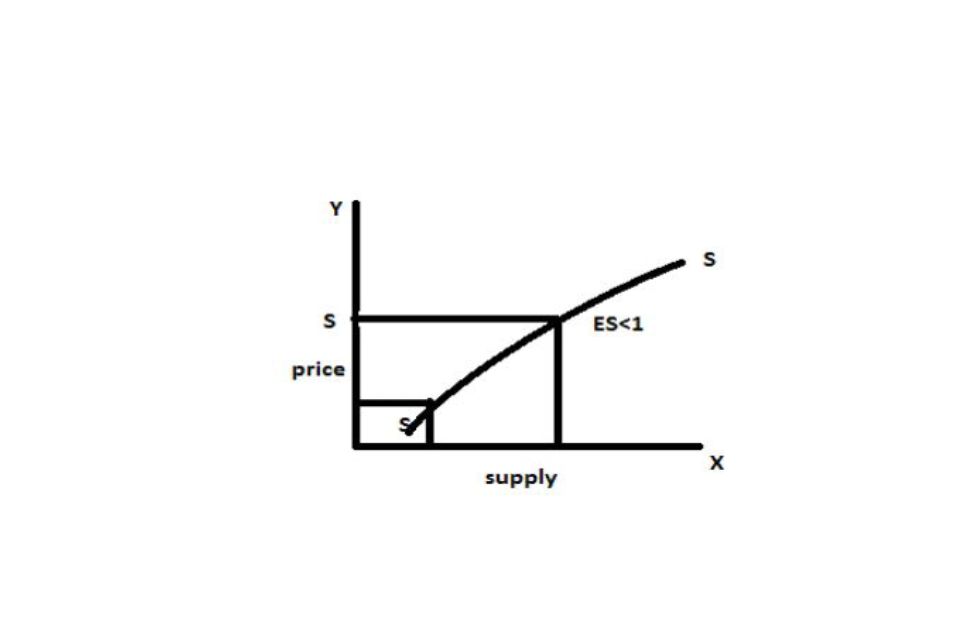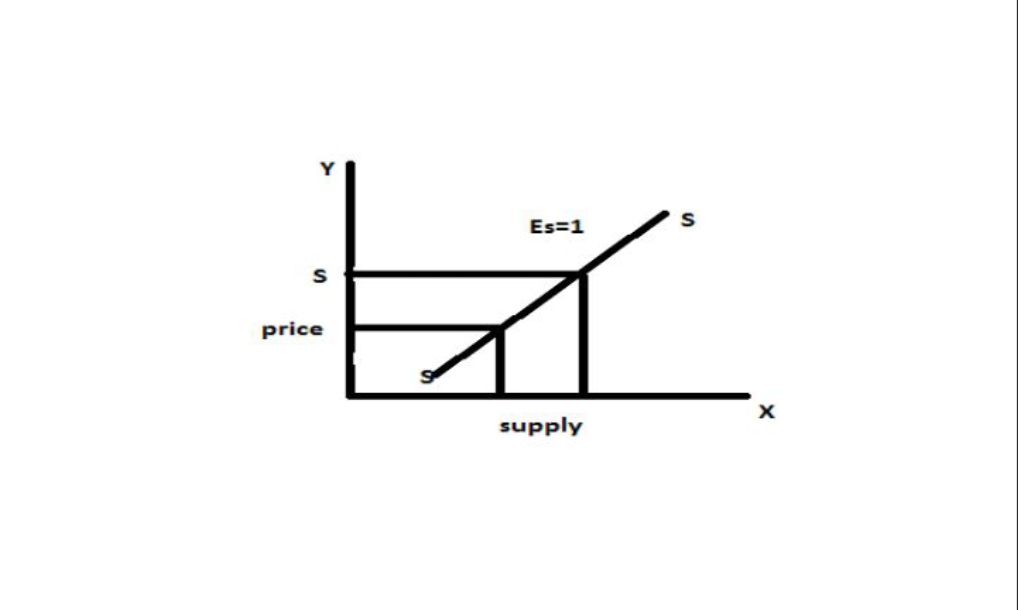Introduction:
In the ordinary language or term supply and stock conveys the same meaning but in economics the term supply is different from that of stock. The term supply refers to the amount of commodity offered for sale in the market at a particular price and at a particular time. Hence supply is a part of the stock. Supply has all the attributes of demand a seller can sell a commodity when he has the ability and willingness to sell. The meaning and degrees of elasticity of supply are.
Meaning of elasticity of supply:
It is an important concept in economics that helps to understand how suppliers react to changes in market conditions. It is a similar concept to elasticity of demand, it refers to the sensitiveness or responsiveness of the supply to a given change in price, and in short it measures the degree of adjustability of supply to a given change in price. The supply of a commodity may increases or decreases upon the change of price, to what extent the supply of commodity increases or decreases as a result of change in price is called as elasticity of supply. The formula to calculate elasticity of supply is as follows
ES=percentage change in supply/percentage change in price
It implies that the present level with every change in price there will be changed in supply four times directed.
Degrees of Elasticity of supply:
- Perfect elastic of supply: Supply said to be perfectly elastic when a slide change in price leads to measurable changes in supply and supply curve would be a horizontal and parallel lines to ox axis.

- Perfectly inelastic supply: When supply of a commodity reminds constant and does not change whatever may be the change in price, it is said to be absolutely or perfectly inelastic supply. Hence the supply curve tends to be a vertical straight line. ES=0. parallel to OY axis.

- Relatively elastic supply: If the change in supply is more than proportionate to the change in price in that case elastic of supply is greater than 1.

- Relatively inelastic supply: If the change in supply is less than proportional to a given change in price. in that elasticity of supply is said to be less than one.

- Unitary elasticity of supply: If proportionate change in supply is exactly proportional to change in price, then elastic of supply is equal to 1.

Determinants of Elasticity of Supply:
- Availability of Resources: If resources are easily available, supply is more elastic.
- Time Period: Supply is more elastic in the long run because firms have more time to adjust production.
- Flexibility of Production: The more flexible the production process, the more elastic the supply.
- Spare Capacity: If a firm has spare capacity, it can increase supply more easily, making supply more elastic.
- Mobility of Factors of Production: If factors of production can be easily moved to produce different goods, supply is more elastic.
also read: explain the types of elasticity of demand.